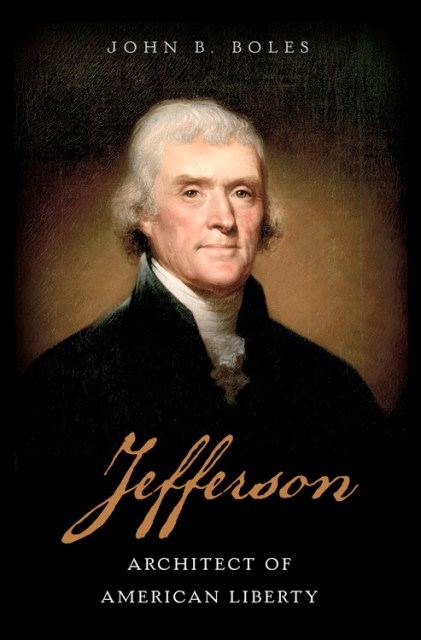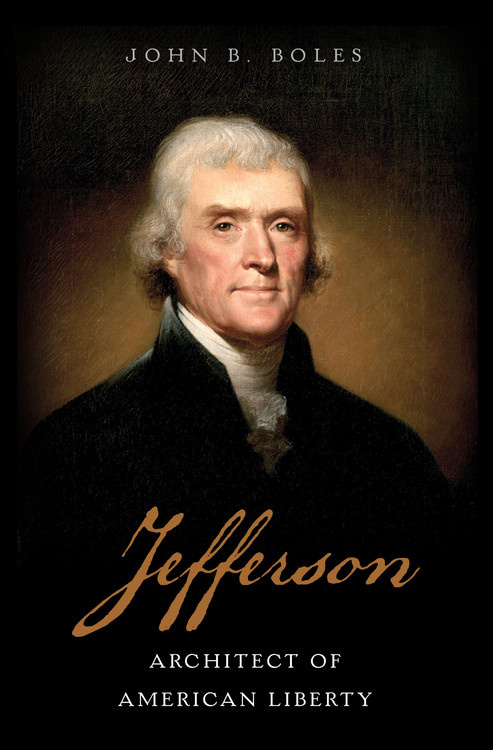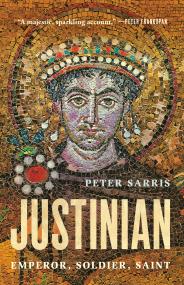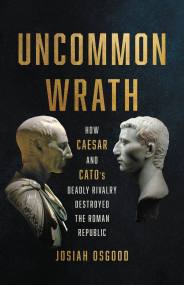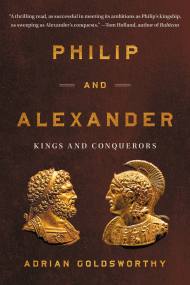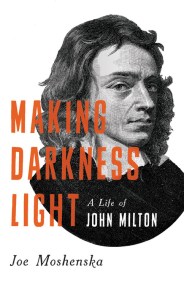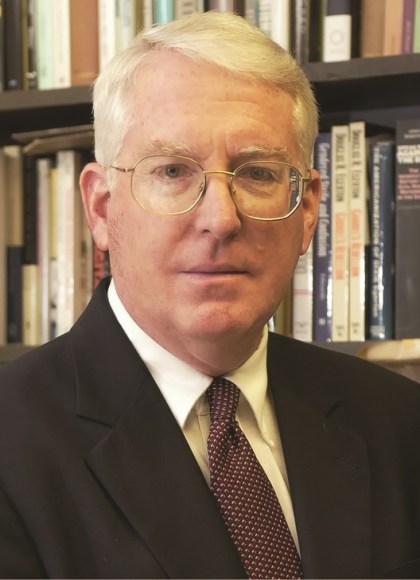Promotion
Use code MOM24 for 20% off site wide + free shipping over $45
Jefferson
Architect of American Liberty
Contributors
Formats and Prices
Price
$40.00Price
$50.00 CADFormat
Format:
- Hardcover $40.00 $50.00 CAD
- ebook $21.99 $28.99 CAD
- Audiobook Download (Unabridged)
This item is a preorder. Your payment method will be charged immediately, and the product is expected to ship on or around April 25, 2017. This date is subject to change due to shipping delays beyond our control.
Also available from:
Not since Merrill Peterson’s Thomas Jefferson and the New Nation has a scholar attempted to write a comprehensive biography of the most complex Founding Father. In Jefferson, John B. Boles plumbs every facet of Thomas Jefferson’s life, all while situating him amid the sweeping upheaval of his times. We meet Jefferson the politician and political thinker — as well as Jefferson the architect, scientist, bibliophile, paleontologist, musician, and gourmet. We witness him drafting of the Declaration of Independence, negotiating the Louisiana Purchase, and inventing a politics that emphasized the states over the federal government — a political philosophy that shapes our national life to this day.
Boles offers new insight into Jefferson’s actions and thinking on race. His Jefferson is not a hypocrite, but a tragic figure — a man who could not hold simultaneously to his views on abolition, democracy, and patriarchal responsibility. Yet despite his flaws, Jefferson’s ideas would outlive him and make him into nothing less than the architect of American liberty.
Genre:
- On Sale
- Apr 25, 2017
- Page Count
- 640 pages
- Publisher
- Basic Books
- ISBN-13
- 9780465094684
Newsletter Signup
By clicking ‘Sign Up,’ I acknowledge that I have read and agree to Hachette Book Group’s Privacy Policy and Terms of Use
